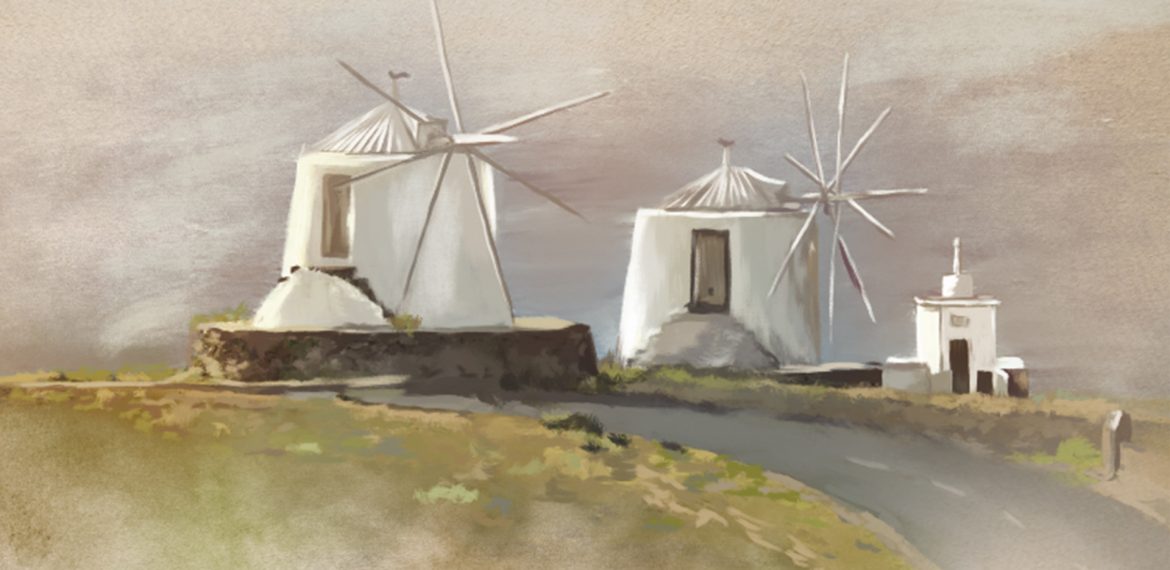Corvo Island is the smallest and least populated island of the Azores, making up, along with Flores Island, the Western Group of the archipelago. It is the seat of a single municipality, with a total area of 17.13 km² and only 386 inhabitants. Its territory is formed by a single volcanic mountain, Monte Gordo, which has a large crater where we find the Lagoa do Caldeirão lagoon.
Discovered by the navigator Diogo de Teive, at the same time as Flores Island, in 1452, both islands, due to the fragmentation of the territories and the distance to the other islands, took on an individualised geographical and administrative unit, and were called the Floreiras Islands (meaning, “flowerbeds”) as opposed to the Terceiras Islands (“the third islands”), the designation given to the other seven islands of the archipelago. Only in the course of the 18th century were the islands of Corvo and Flores fully acknowledged as being part of the Azores archipelago.
Showing a high and steep seashore, its only urban nucleus emerged in its rare low-relief surface, in a lava fajã located in the southern coast. With a natural landscape of singular beauty, Corvo Island stands out for the richness of its fauna, namely ornithology. The island is seen by many birdwatchers as the best place in Europe to spot rare American birds.
This fact has significantly contributed to the island’s tourist affirmation in the context of this particular niche. For this reason, in recent years, Corvo has been known as the Bird Island. Besides seabirds, along the coast of the island you can also see dolphins and whales. Due to the uniqueness of its fauna, Corvo Island is a UNESCO World Biosphere Reserve since 2007.
The highest point of the island is Morro dos Homens, located in the south limit of Caldeirão, with 718 meters of height. To the southwest, there are two very curious rock formations called Cavaleiro and Marco. In the landscape of the island of Corvo the windmills are particularly noteworthy, as well as the typical locks produced by its craftsmen.
Corvo Island

Categories
Latest Posts
- 15 de February, 2023
- 29 de September, 2017
- 29 de September, 2017
- 29 de September, 2017
- 29 de September, 2017

